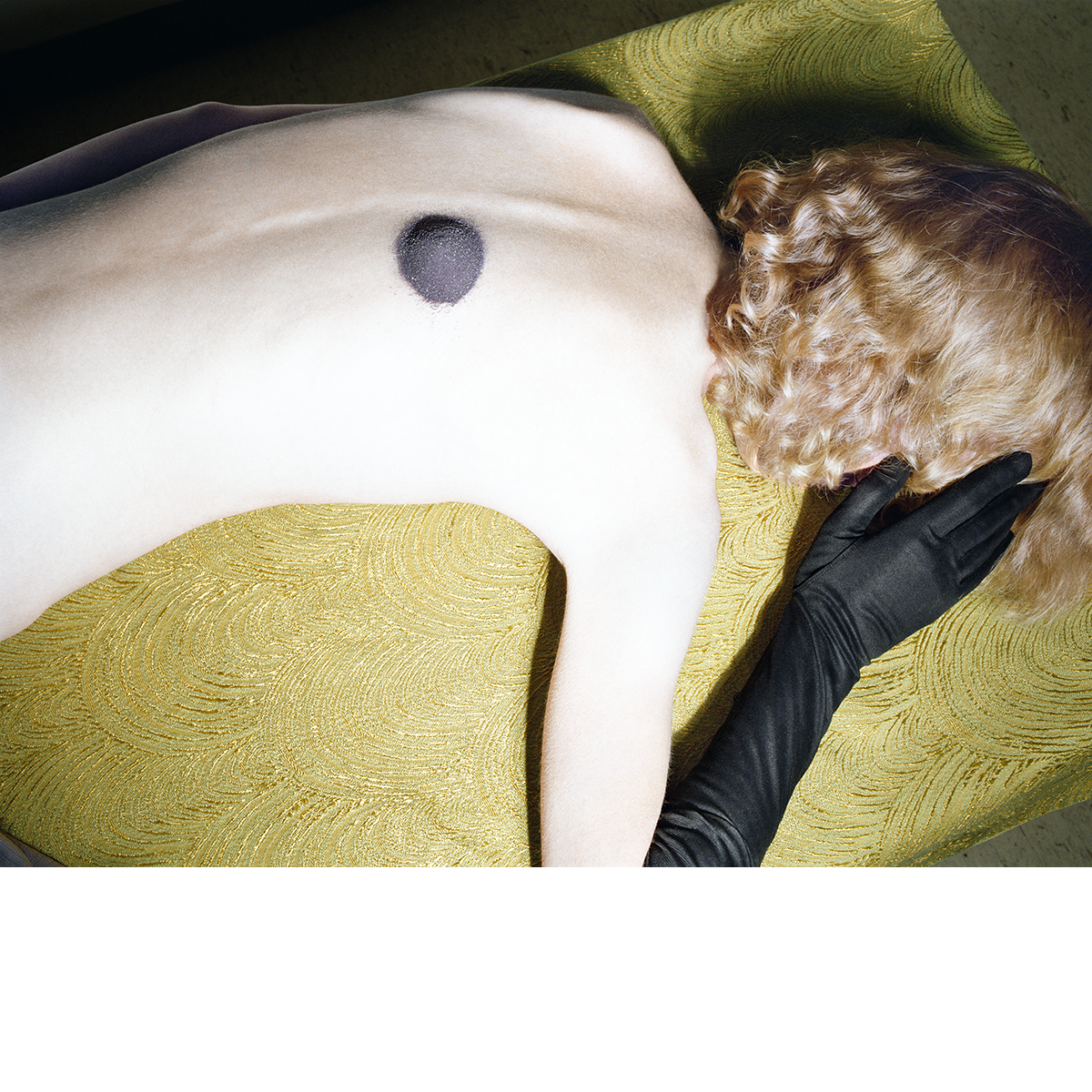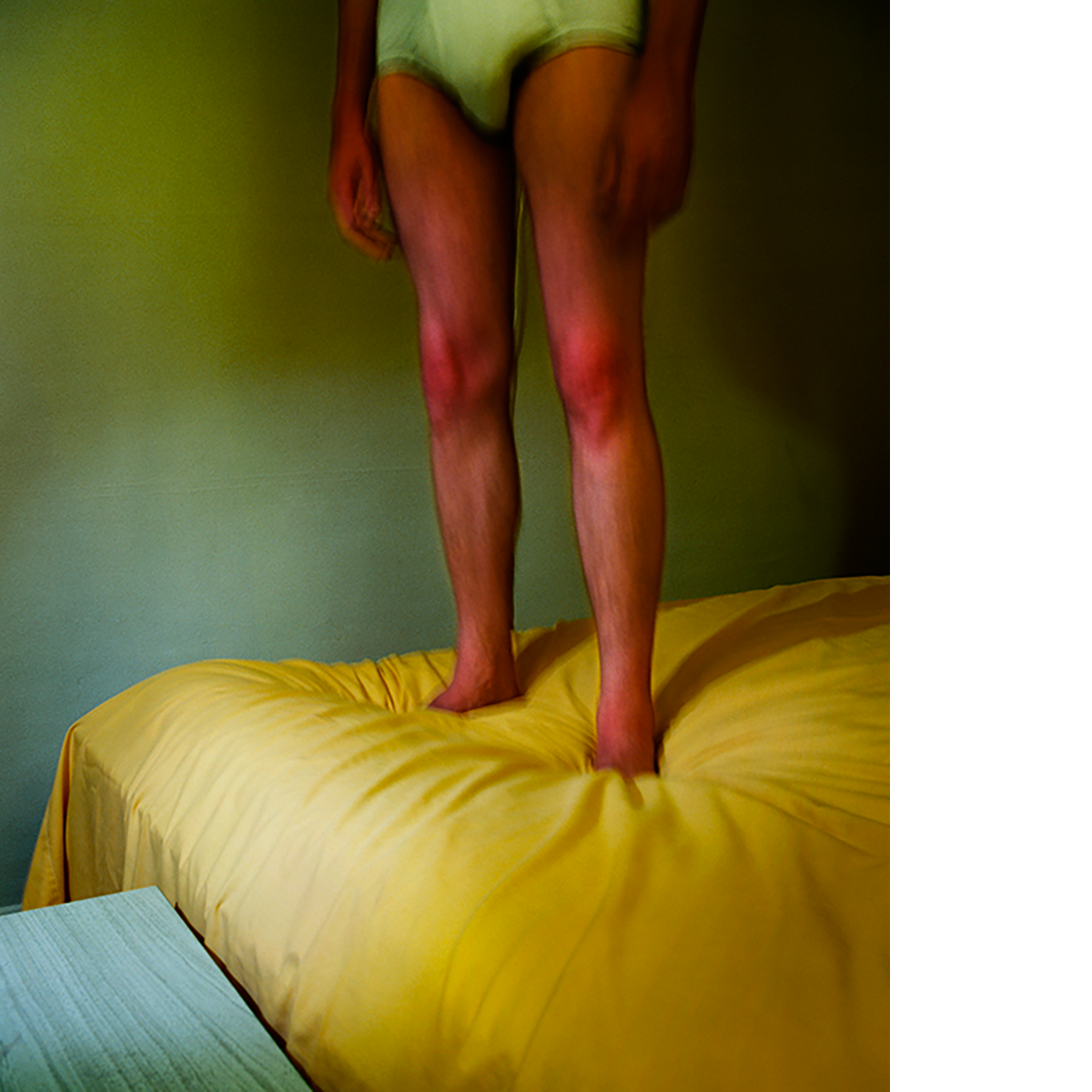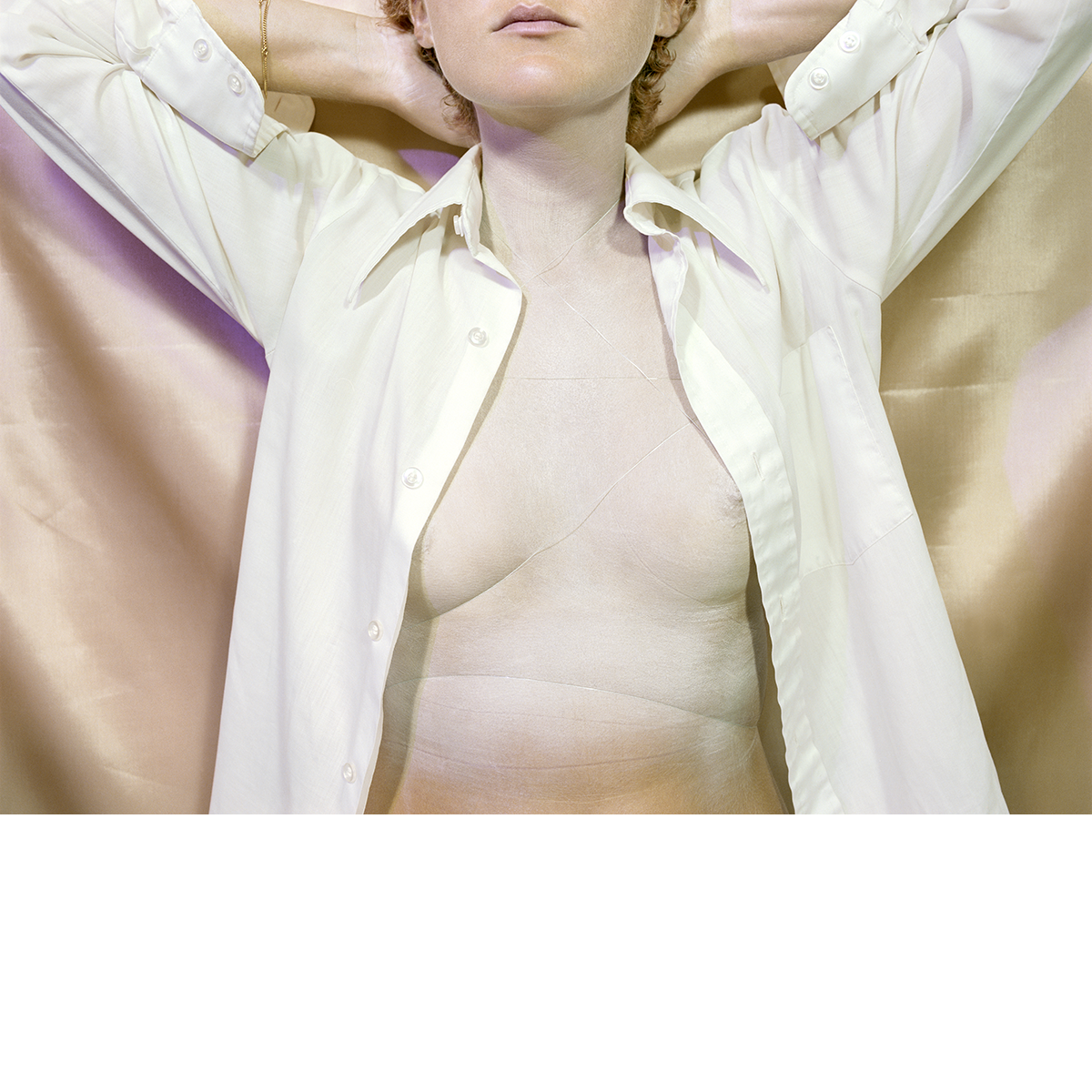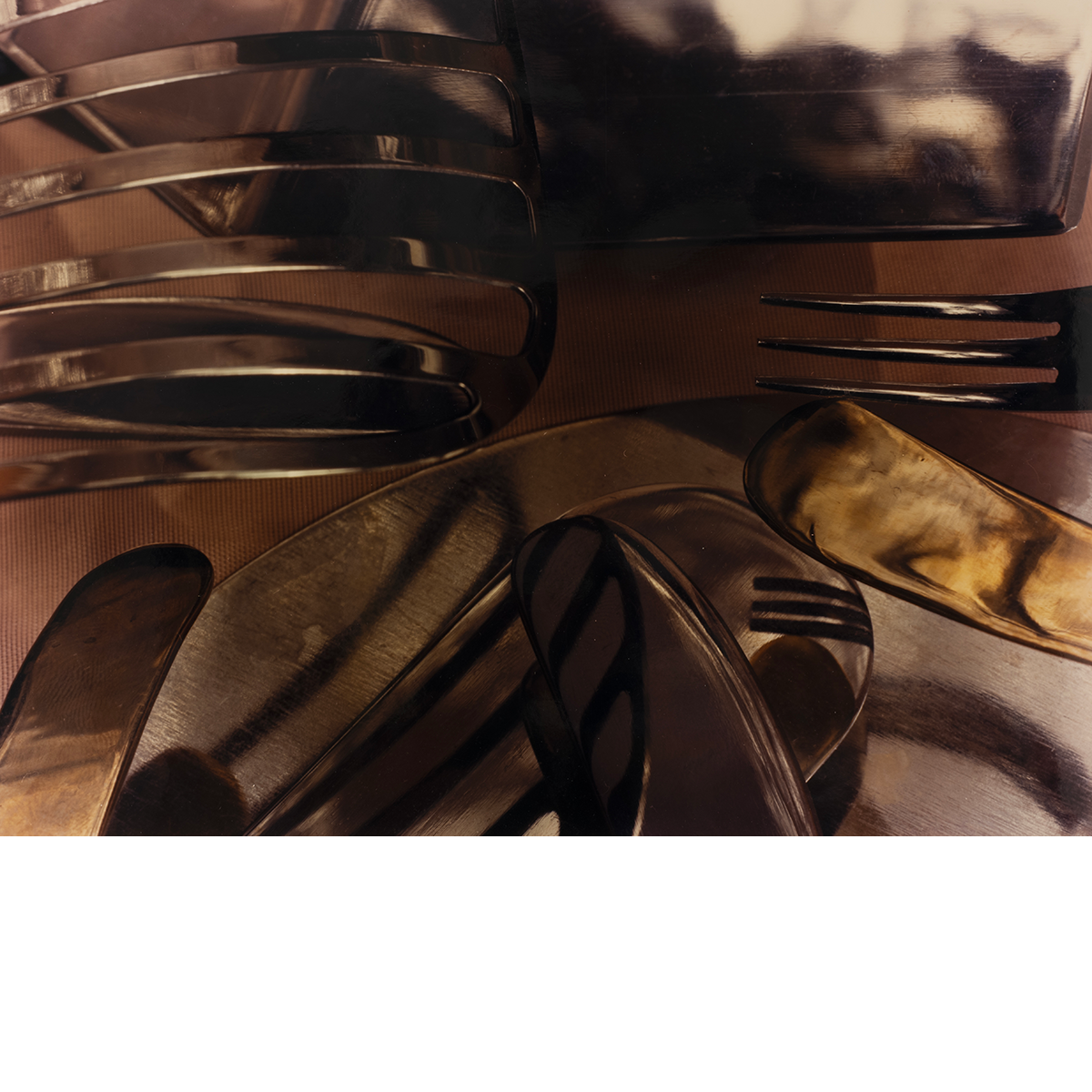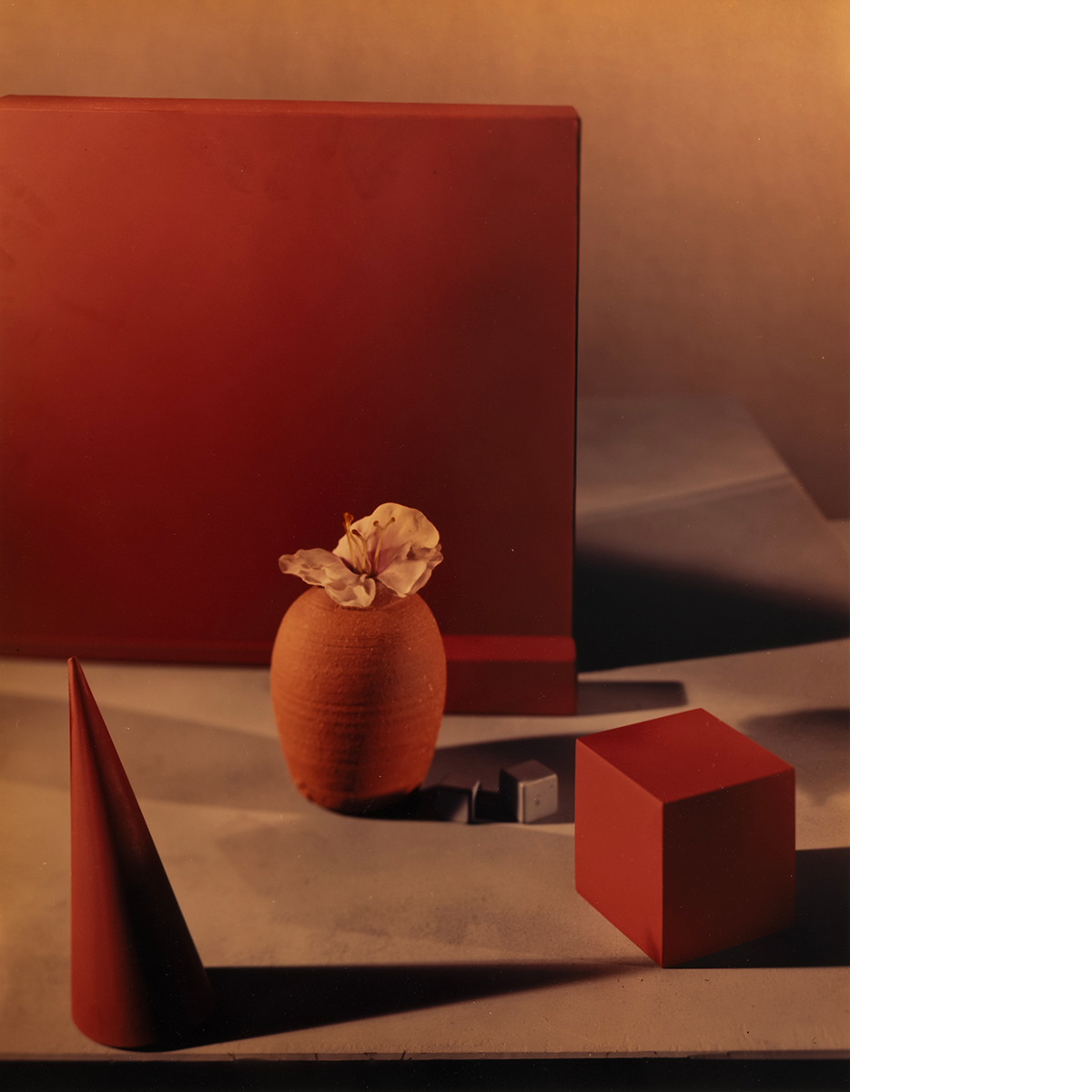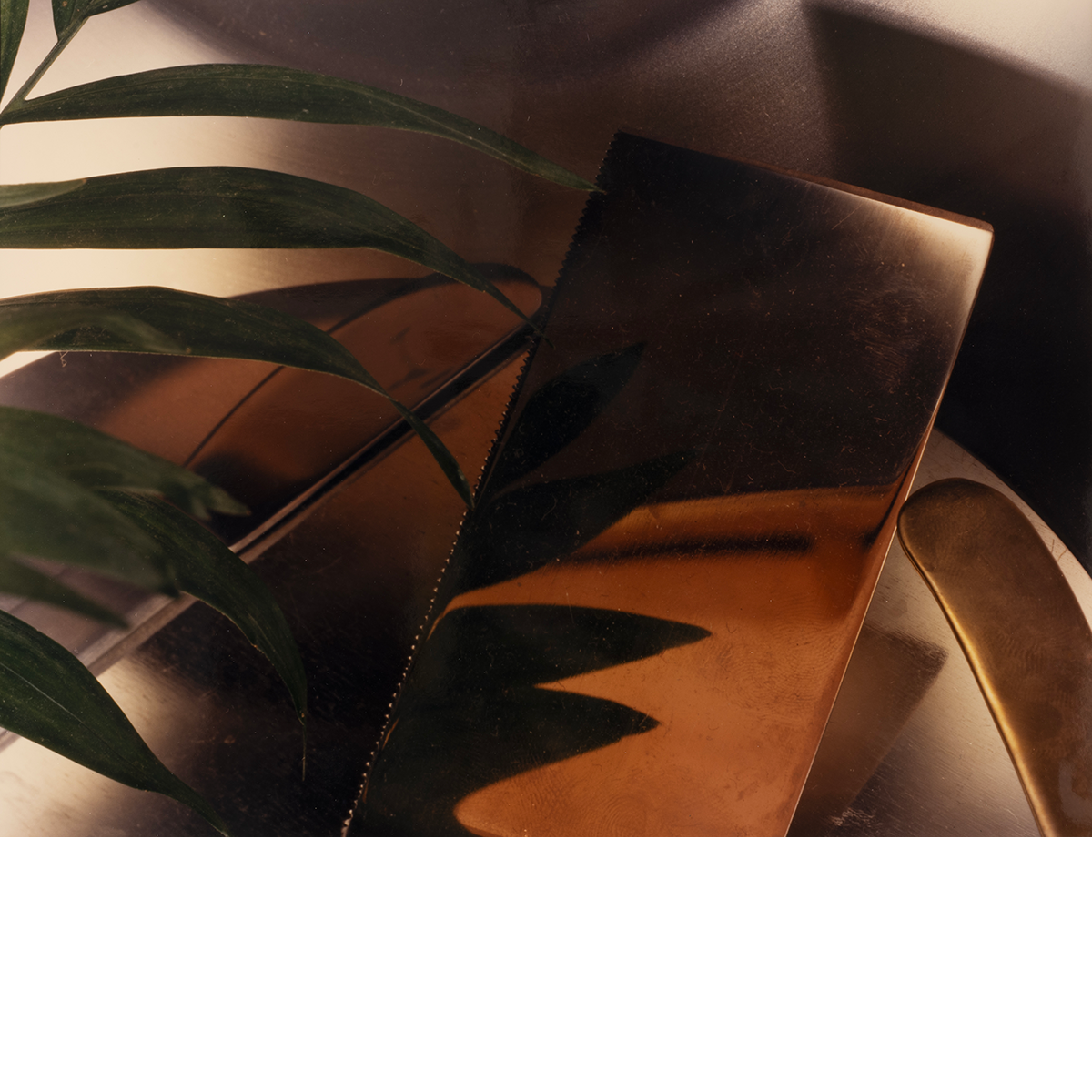Jo Ann Callis et Jan Groover : Early color
1 September - 13 November 2022
To open its autumn 2022 program, Galerie Miranda announces a two-person exhibition by celebrated American artists Jo Ann Callis (b. 1940) and Jan Groover (b.1943-d.2012), both at the heart of the 1970s American ‘new color’ school of photography. The Paris exhibition will feature selected vintage and contemporary color prints from the landmark series 'Early Color' (1976) by Callis and 'Kitchen Still Lifes' (1979) by Groover.
Working at the peak of the American women's liberation movement, neither artist specifically declared themselves to be feminist artists yet both were producing works within and about their home environment, in the vein of militant feminist artists such as Martha Rosler (‘Semiotics of the Kitchen, 1975) and Judy Chicago (‘The Dinner Party’, 1974-9).
In Los Angeles in the 1970s, Jo Ann Callis was juggling two young children, numerous home moves, night school and a pending divorce. Despite these obstacles, she worked constantly to produce her seminal series 'Early Color'. Influenced notably by Paul Outerbridge but also Hans Bellmer and Pierre Molinier, her cinematographic scenes capture the tensions and anxiety of a claustrophobic domestic environment where freedom, pleasure and curiosity are bridled. Hitchcockian by their exquisite composition, Callis created all the decors for the series that she photographed for the most part in her converted Los Angeles garage, with friends as models and the domestic objects at hand as props - string, tape, sheets, lamps, sand, honey and her householdchairs,tablesandplants.
Similarly, for her celebrated ’Kitchen Still Life'series, Jan Groover created poetry out of a kitchen sink piled up with fork tines, butter knife blades, scalloped cake tins and indoor plants. In 1979 an image from this series graced the cover of ArtForum magazine: according to critic Andy Grundberg, it announced that “photography had arrived in the artworld - complete with a marketplace to support it."

